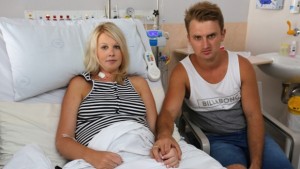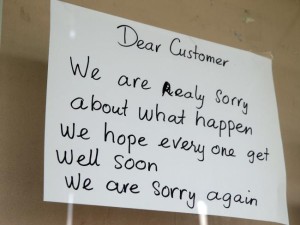It may be the smallest-denominated Australian dollar banknote, but a new design for the Aus$5 bill attracted an outsized amount of criticism when it was unveiled Tuesday, with detractors calling it “hideous” and “like vomit.”
 The note, which will replace its more bland predecessor from September 1, features a yellow Prickly Moses wattle flower and a colourful Eastern Spinebill native bird.
The note, which will replace its more bland predecessor from September 1, features a yellow Prickly Moses wattle flower and a colourful Eastern Spinebill native bird.
“Each banknote in the new series will depict a different species of Australian wattle and a native bird within a number of the elements,” Reserve Bank of Australia governor Glenn Stevens said in a statement.
“The designs are the culmination of a process of extensive consultation with subject-matter experts and the cash-handling industry, as well as qualitative research involving focus groups.”
But critics — from social media users to bird-lovers — were quick to express their disdain.
“Our new fivers look like vomit,” one user wrote on Twitter, while another quipped: “A thousand monkeys with a thousand versions of Photoshop could never come up with something as hideous as the new Australian $5 note.”












